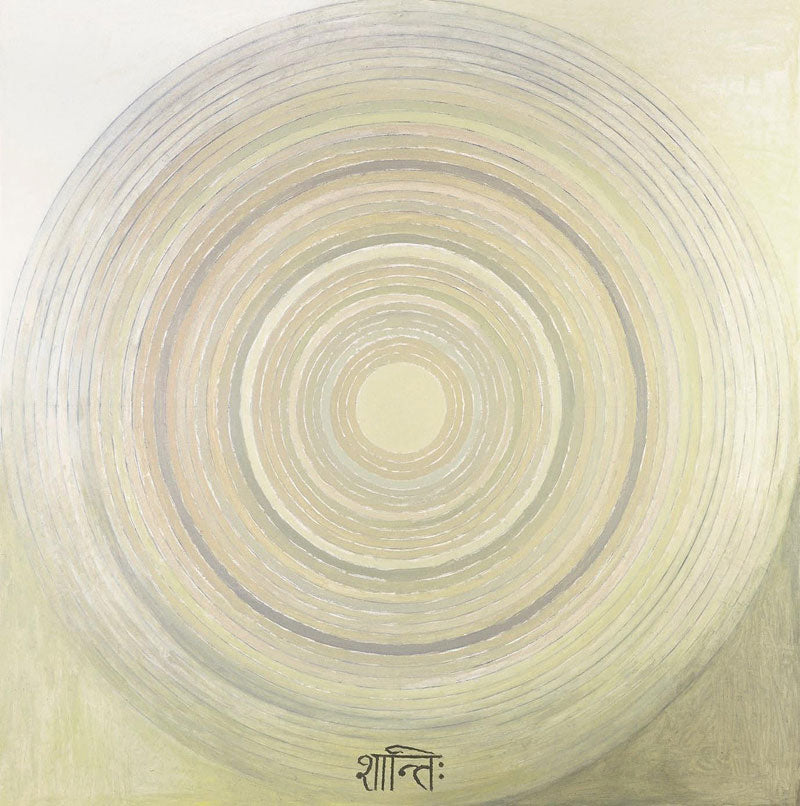Shopping cart
You have no items in your shopping cart.

Monochromatic painting has been an important component of avant-garde visual art throughout the 20th century and into the 21st century. A monochrome painting is a work of art that consists of a single color. In fact, the word monochrome literally means ''one color.'' It's a different approach to art, but one that's deeply intriguing and meditative at some level.
For centuries artists used different shades (tones) of brown or black ink to create monochrome pictures on paper. The ink would simply be more or less diluted to achieve the required shades. Shades of grey oil paint were used to create monochrome paintings, a technique known as grisaille, from the French word ‘gris’ meaning grey. In such work the play of light and dark (chiaroscuro) enabled the artist to define form and create a picture.
However monochromatic works need not be only black & white, this technique can be rendered equally with any color. The key to this is remembering that blue and green are different colors, but dark blue and light blue are not; these are just values of the same color. From the base color, a hue can be tinted by adding white, making it lighter. Theoretically, you can continue doing this until achieving almost pure white. At the same time, a color can be shaded by adding black. Thus, artists can paint an entire piece consisting of lines, shapes, and figures in various shades and tints that are, technically, only one color.
The monochrome often serves one of two purposes. The first was communicating spiritual purity; by choosing one color, artists could explore the tranquility of total abstraction. A prime example would be the ‘Shanti’ series by master artist SH Raza. This minimalist work, executed in tones of cream, is radiant and emanates a divine energy. The artwork is akin to a circle of light inscribed with the single word Shanti (peace). This monochromatic work of Raza portrays the bindu as shunya or zero – a void into which all individuals are drawn, becoming one with the universe.
Contemporary artist Shruti Jhaveri, who also celebrates ‘white on white’ in her work ‘Reinvention’ states, “There is a sense of peace and calm that emanates from an artwork without color. The artwork can be busy with lines and textures and still devoid of color. There is an interplay of subtle tones which naturally compliment each other and draw in the viewer to his own interpretation.”
The second purpose of monochrome, for some artists, was to reduce the painting or sculpture to its simplest form so that the focus of the piece would be on its pure physical elements; color, form, texture or the way in which it was made. Artist Ajay De who is celebrated for his monochromatic black and white charcoal works states, “I learnt there was more truth in black and white. Color, though appealing, was not enough of a challenge, because life is full of shades. Should you care to see my creations with feeling’s eyes, you will find the color of fire in the spirit of my paintings, the color of dreams in my strokes, the many hues and shades of passion bring to life my creations.” His work ‘Monsoon in Mumbai’ showcased on the curators art gallery is a an evocative example of this enigmatic subject.
Vrindavan Solanki is another artist who preserves the pristine quality of black & white in most of his artworks. Like the Chinese pen and ink painters, the only color he engages is "black". The result is magnificent. His canvas glows as though illuminated with an inner light.

TheCurators.Art offers several paintings for sale online that celebrate the magnificence and wonder of black & white or single tone artworks. The subtlety of artworks presented by Gunjan Shrivastava who uses Cyanotype, Shreya Mehta who uses vegan pigments or Afza Tamkanat who uses coffee and watercolor are mesmerizing. As a popular quote goes, “You are just monochrome behind the colorful chaos.”